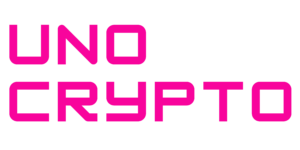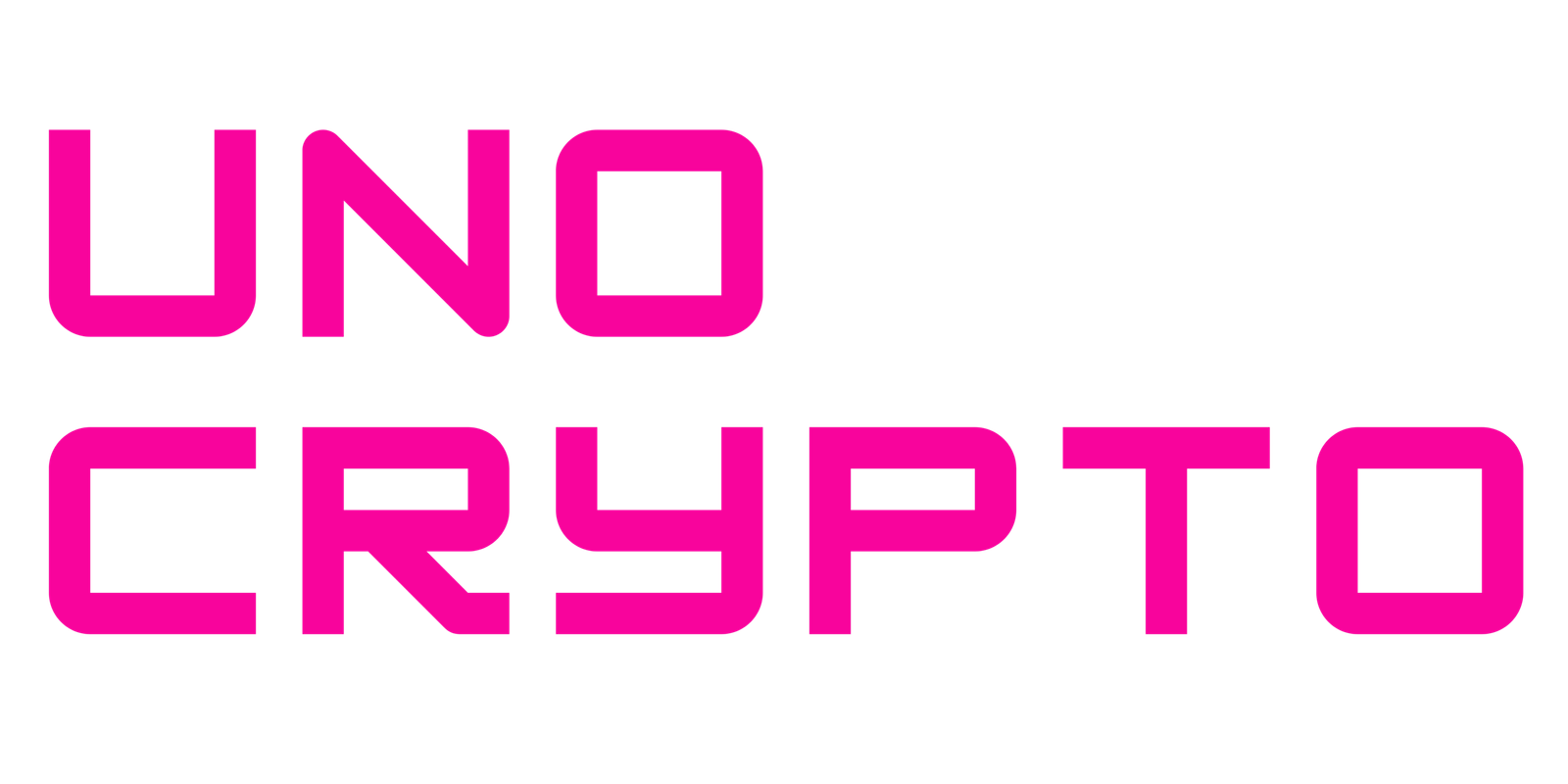Tether, the issuer behind the world’s most widely used stablecoin, USDT, is preparing to officially enter the United States domestic market with a new stablecoin tailored specifically for U.S. users.
In an interview with CNBC on April 30, Tether CEO Paul Ardoino confirmed that the company is actively laying the groundwork for this strategic expansion.
The new product, which could launch by the end of 2024, is being developed in response to growing global demand for stable digital currencies and a shifting regulatory climate in the U.S.
The move represents a major shift for Tether, which until now has operated largely outside of U.S. regulatory oversight, despite USDT’s prominence in global markets.
Launch Timeline Hinges on U.S. Regulatory Developments
The exact timing of the U.S.-focused stablecoin’s release remains uncertain, as it is closely tied to legislative progress in Washington.
Ardoino noted that Tether is monitoring developments on Capitol Hill and within federal agencies, aiming to launch “by the end of this year or early next year, at the fastest.”
The company has stated its willingness to work cooperatively with U.S. regulatory bodies and law enforcement agencies, signaling a more compliant and transparent posture than in previous years.
The alignment with policymakers is critical for Tether to gain legitimacy in the U.S. market and address longstanding concerns around the governance, security, and reserve structure of its stablecoin products.
USDT Positioned as a Strategic Economic Tool for the U.S.
Ardoino defended USDT’s role in the global financial system, calling it “the best product the United States has ever produced.”
He emphasized that USDT acts as a major exporter of U.S. dollar value, with a current market capitalization approaching $150 billion and accounting for nearly two-thirds of the global stablecoin supply.
According to Ardoino, this makes USDT a vital enabler of dollar liquidity and financial accessibility across borders, especially in regions with unstable fiat currencies.
By reinforcing U.S. dollar dominance through digital means, USDT arguably serves broader American economic interests, an argument that could help sway skeptical lawmakers and regulators.
A Strategic Image Makeover Amid Heightened Scrutiny
Tether’s U.S. expansion marks more than just a business move, it is a calculated step toward rebuilding credibility and public trust.
The stablecoin industry has faced heightened regulatory scrutiny over concerns about transparency, reserve audits, and potential risks to financial stability.
Tether, in particular, has been at the center of numerous controversies over its reserve disclosures and governance structure.
By engaging proactively with regulators and law enforcement, and by positioning its new U.S. stablecoin as a tool of national financial strength, Tether is signaling a more mature and transparent operational model.
If executed effectively, the U.S. launch could reshape Tether’s public image and establish its legitimacy in one of the world’s most heavily regulated financial markets.


